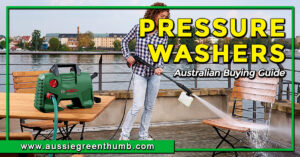Orbital sanders are the best tool to get a perfect finish, either on timber, plaster, or even over painted surfaces. Whether you’re decorating your home, finishing off a rendered wall for painting in the garden, or cleaning up your fences, orbital sanders are the best tool for the job.
Follow our guide to understand the difference between orbital sanders and random orbital sanders, and how to use them for the best effect around your home and garden.
More...
Top Pick


Premium Choice

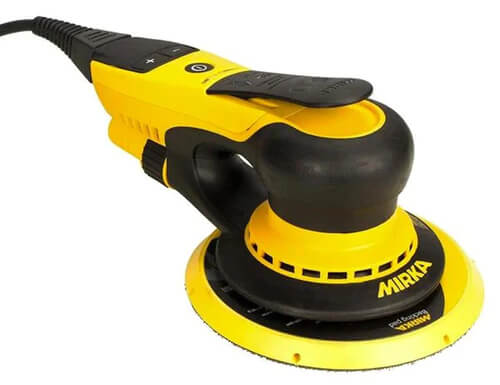
Best Orbital Sanders in Australia
Product | Our Rating | Price | |
|---|---|---|---|
1. Mirka DEROS 625CV Direct Electrical Random Orbital Sander |  |  | |
2. Mirka DEROS 650CV Orbital Sander and Dust Extractor |  |  | |
3. Unimac Dustless Drywall Sander and Vac Combo |  | ||
4. Mirka LEROS Dust Free Sanding System for Walls and Ceilings Kit | |||
5. UNIMAC 1800W Auch series 2 in 1 Drywall Sander/Vacuum | 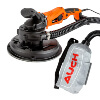 |
Australian Buyers' Guide to Orbital Sanders
What are Orbital Sanders?
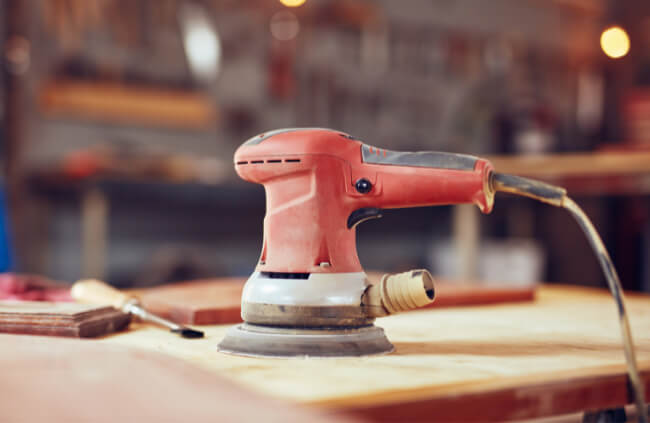
Orbital sanders, as the name suggests, are tools that rotate in a circular, or orbital motion to create a much better finish than a plate or belt sander can. The circular motion sands evenly, and helps to distribute pressure to produce a cleaner final surface.
They require regular changes of the sandpaper pads to operate properly, and are best used in combination with a vacuum attachment. Orbital sanders come in both corded and cordless designs.
We’ll look at the difference in detail below, but like all tools, corded electric will have more power, while cordless are more convenient to carry around or work outdoors.
When Do You Need an Orbital Sander?
If you’re trying to get a truly perfect, smooth finish, ready for painting, varnishing, or staining timber, or if you’re sanding down bumps in plaster, or old paint, then you need an orbital sander. No other tool is capable of the same even finish.
What to Look for When Buying an Orbital Sander
When you're going to buy an orbital sander you should be looking for some simple signs to ensure you get the best one for you. They vary hugely in price, from as little as $30 to as much as $3000.
$3000 orbital sanders tend to come with a vacuum, and every possible attachment, as well as being much more powerful and requiring less pressure from the user. Cheaper orbital sanders are usually less powerful and need the user to apply even pressure in order to get the best finish.
Different Types of Orbital Sander
There are two types of orbital sander, but within each, there are many variations, such as drywall, timber, and long-reach orbital sanders.
To keep things simple though, just check that the sander you’re buying matches your needs, and then think about the difference between orbital and random orbital sanders to ensure you’re buying something you can afford, and whether it will do the job well enough.
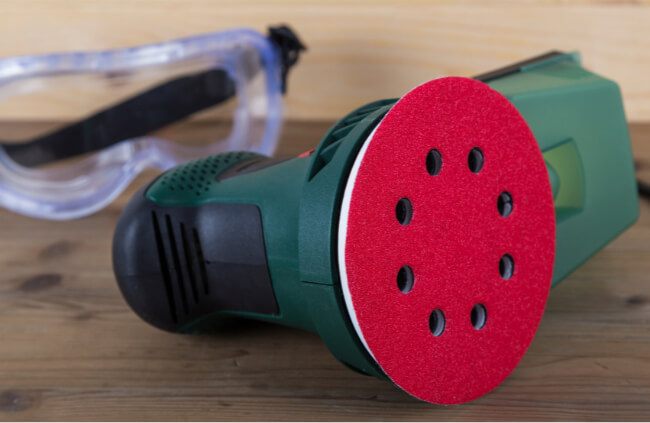
Random Orbital Sander
Random orbital sanders are better than orbital sanders. That’s a simple fact. They rotate back and forth, meaning that your finished surface is sanded to an almost perfect finish, without any marks, circular textures, or obvious signs of sanding.
For finishing painted surfaces, or sanding wood before painting, random orbital sanders are pretty much a necessity.


Get Your Free Guide:
Master Growing Australian Natives eBook
A Must Have Complete Guide for Every Australian Garden
Get Your Free Guide:
Master Growing Australian Natives eBook
A Must Have Complete Guide for Every Australian Garden
Orbital Sander
Orbital sanders are much more controllable than random orbital sanders but tend to operate at higher speeds, so do need some pressure. They also leave a very fine circular texture where they’ve sanded, so are best for projects that don’t need an immaculate finish, but want to be better than manual sandpaper, or vibrating plates.
How to Use an Orbital Sander
Orbital sanders are easy to use, but they do make a lot of fine dust, so it’s important to wear all the safety gear you can, particularly around your eyes, and for breathing protection.
Once you’re set up, how you use your sander will depend on the specific model. As a rule of thumb, apply pressure at the back of the head, and on the main handle so the tool needs to do less work and is more controlled.
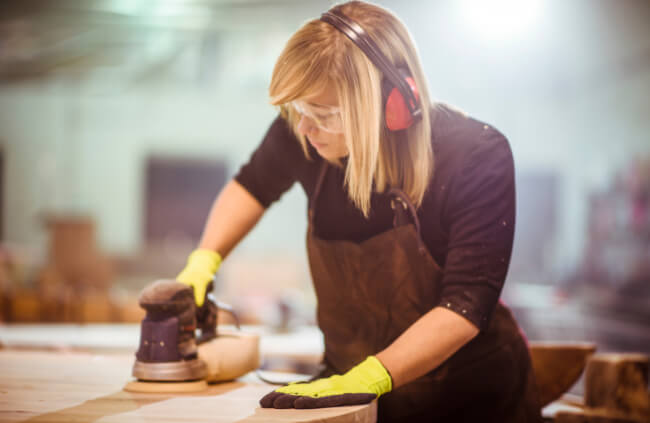
Ensure it’s attached to a vacuum using the nozzle at the back of the tool (occasionally this will be side mounted, but it is usually at the back or base of the tool), and that’s it.
If your wall is very rough, it may be worth sanding back with a harsher tool before finishing with an orbital or random orbital sander.
Orbital Sanders Safety Guide
There are three essential bits of safety guidance for using an orbital sander; wear goggles, wear a facemask, and keep a tight grip.
- Goggles protect your eyes from dust, which can scratch.
- Face masks (of varying protectiveness) will stop you from breathing in the dust – essential even if you have a vacuum attachment.
- A tight grip is important, both to maintain an even textured finish, and to stop the tool from jumping.
Orbital Sanders Reviews for 2025
1. Mirka DEROS 625CV Direct Electrical Random Orbital Sander

Mirka DEROS 625CV
Mirkas DEROS orbital sanders are efficient, neat, and great at what they do. This random orbital sander is sold separately to any vacuums or dust extractors but fits most standard vacuum hoses for dry applications.
For wet applications, you’ll need to invest in a wet and dry vac, but for simple use, you can save a lot of money on one of the best orbital sanders there is by buying separately.
Advantages
Disadvantages
2. Mirka DEROS 650CV Orbital Sander and Dust Extractor

Mirka DEROS 650CV
Mirka’s orbital sanders are just as well suited to timber as they are to drywall, making them one of the most efficient and versatile orbital sander brands there are. Their sanding pads are basically universal too, so you can pick up replacements at most DIY stores.
The handle makes pressure simple and actively reduces vibrations. Plus, the well-positioned vacuum attachment works for both wet and dry sanding, which sets it out for the rest.
Advantages
Disadvantages
3. Unimac Dustless Drywall Sander and Vac Combo
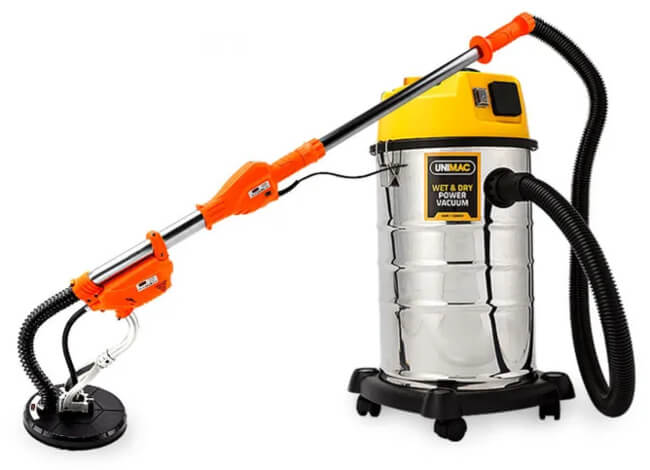
Unimac Dustless Drywall Sander
When it comes to sanding back your interior rooms, or outdoor kitchen for that matter, drywall and gyprock need a gentle touch. UNIMAC’s versatile orbital disc sander for drywall seals tightly to the wall, and it’s easy to put pressure onto the sanding plate too, meaning dust is extracted almost entirely into the vacuum attachment.
The huge 30L vacuum tank makes cleaning up after yourself a doddle, and the long handle means you can stand comfortably even on taller walls.
Advantages
Disadvantages
4. Mirka LEROS Dust Free Sanding System for Walls and Ceilings Kit

Mirka LEROS Sanding System
Mirka’s wall and ceiling orbital sander is ideal for painters and decorators and is safe for wet and dry applications, making it ideal for outdoor kitchen fitters trying to produce that perfect finish in any situation.
It comes with a few different attachments but I much prefer the basic hose, which seems to do the job with less faff when you’re using it for dry plaster. The vacuum itself, included in this kit, is the ideal size too – not too big, not too small. Just right for one room at a time.
Advantages
Disadvantages
5. UNIMAC 1800W Auch series 2 in 1 Drywall Sander/Vacuum
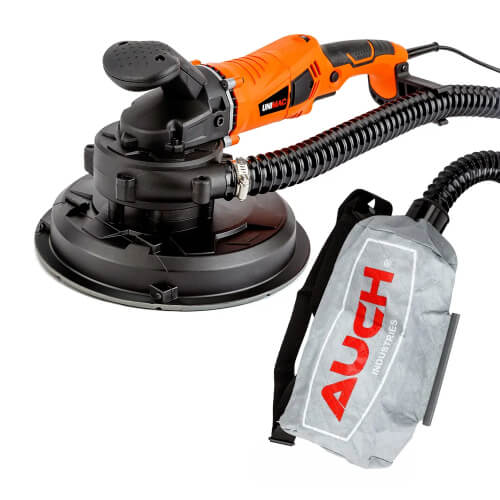
UNIMAC 1800W Auch series
UNIMAC is a budget brand when it comes to orbital sanders, but that doesn’t mean they’re not worth the money. These budget orbital sanders are ideal for DIY users who want to up their game and keep things neat and tidy.
While vibration is high, it’s easy to use, has a near-universal fit vacuum attachment, and has good pressure to reduce fly-away dust.
Advantages
Disadvantages
Our Orbital Sanders Top Picks for 2025
Aussie Green Thumb's 2025 Top Pick


Mirka DEROS 625CV
Mirka is a professional grade orbital sander manufacturer, with pristinely manufactured tools. For many DIYers, it might be a little out of your price range, but if you really want the best orbital sander you can buy, this is it.
The Mirka DEROS range is trusted, tried, and tested, and produces fine, smooth walls in pretty much any surface.
Premium Choice


Mirka DEROS 650CV
If you’re willing to go all out, the Mirka orbital sander kit provides top quality random orbital sanding, with perfect adhesion to the wall so no dust escapes, and the vacuum extractor induced in this package is big enough for a full room of sanding, and can work both wet and dry.
While there are a few hacks to save some money on dust extractors, it is worth buying the best so you know you can trust it in all conditions.
Orbital Sanders FAQs
What are the disadvantages of orbital sanders?
There are two disadvantages to orbital sanders. One is that they aren’t great at VERY rough surfaces, and are limited to finishing jobs if you want the best results, and the other is that they can’t get into corners. It’s a shame, but it's reality.
What is an orbital sander best for?
Orbital sanders are designed for various different uses, with some being incredibly good at sanding back paint and plaster. However, their best use is for sanding timber, as they rotate or gyrate to remove splinters and create a much, much, smoother finish.
Why does my hand feel weird after using an orbital sander?
Orbital sanders and random orbital sanders, by their nature, have high vibrations which can cause hand-arm vibration syndrome. While some models limit those vibrations with built-in features, your hand will feel weird after using them because it literally rattles your bones.
Using them for more than thirty minutes without a break can cause nerve damage.
For more Australian power tool reviews, check out our list below:
Wrapping Up Our Orbital Sanders Guide
For me, there’s no contest. Random orbital sanders are the best of both worlds. They produce a better finish, and they’re easy to use. However, they are generally more expensive than orbital sanders, so choose wisely, and just buy the best that you can.
Published on June 10, 2023 by Gary Clarke
Last Updated on December 27, 2025


